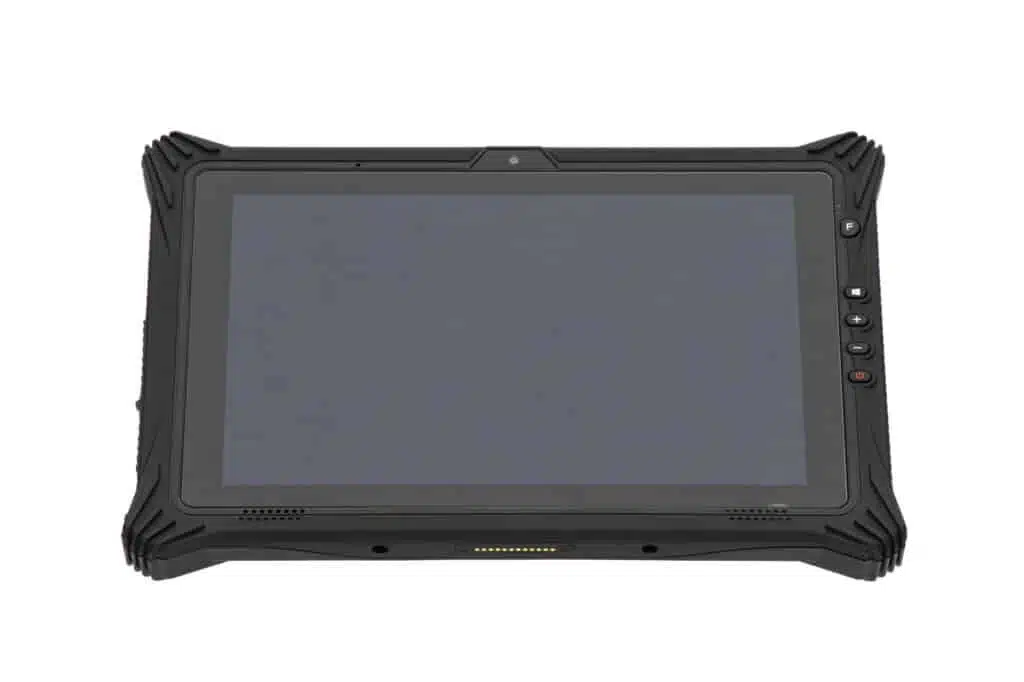07.05.2024


Our industrial tablets are super flexible and robust. Robust explains itself thanks to the protectio...

Whether on the construction site, in production or in a vehicle - industrial tablets must be one thi...

Rising procurement costs and ongoing shortages of processors and memory are currently posing challen...
You need to load content from reCAPTCHA to submit the form. Please note that doing so will share data with third-party providers.
More Information